Connecting a dump trailer to your vehicle may seem like a straightforward task, but it involves a series of careful steps and considerations to ensure safety and efficiency. In this guide, we will provide a detailed overview, step-by-step instructions, and some essential tips and tricks to make the process as smooth as possible.
Understanding the Basics of Dump Trailers
What is a Dump Trailer?
A dump trailer is a type of trailer designed to transport bulk loads of materials or equipment. They are equipped with hydraulic systems that lift the trailer bed, allowing it to “dump” its contents at a designated location. These trailers come in various sizes and configurations, catering to both light and heavy-duty operations.
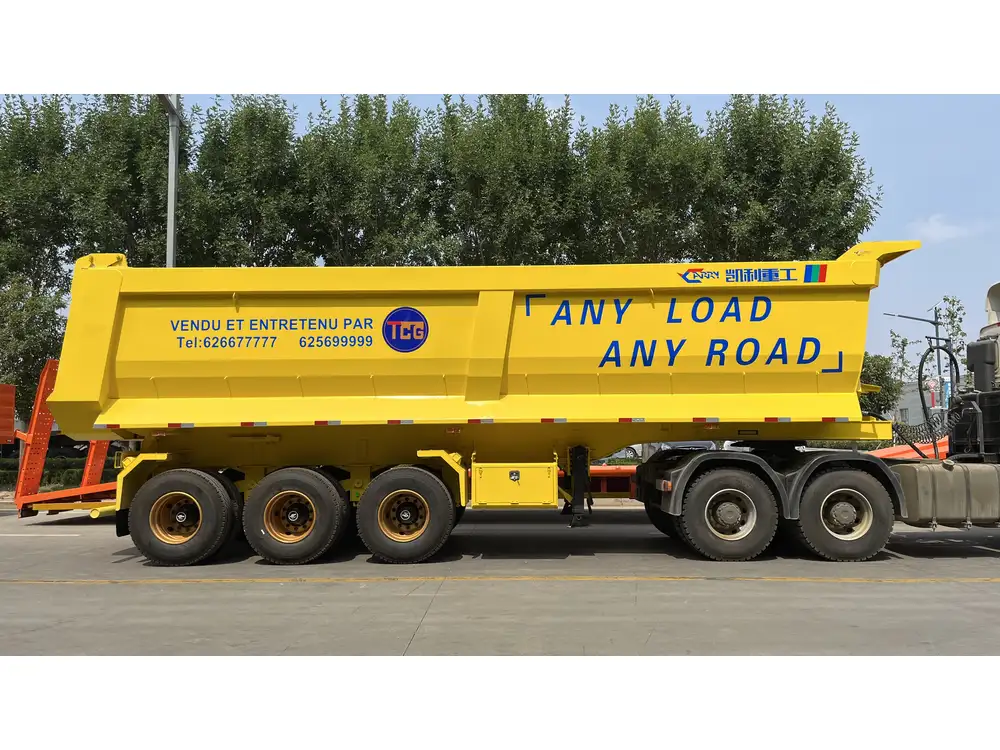
Key Components of a Dump Trailer
- Trailer Frame: The skeleton that supports the entire structure and connects with the tow vehicle.
- Dump Bed: The part of the trailer that carries the load and tilts to release its contents.
- Axles: Responsible for supporting the weight and enabling movement.
- Hydraulic System: The mechanism that lifts the dump bed.
- Hitch: The point where the dump trailer connects to the towing vehicle.
Preparing to Hook Up Your Dump Trailer
Before you begin, ensure you have gathered all necessary equipment and are aware of safety protocols. Here’s what you need to check:
Essential Tools and Equipment
| Tool/Equipment | Purpose |
|---|---|
| Tow Vehicle | A compatible vehicle capable of towing the trailer. |
| Hitch Receiver | A proper hitch that matches the trailer coupler. |
| Safety Chains | For safety and security during towing. |
| Wiring Harness | Connects brake lights and turn signals. |
| Wheel Chocks | Prevents the trailer from rolling during setup. |
| Jack or Hand Crank | Assists with leveling the trailer and adjusting height. |

Safety Precautions
- Check Weight Limits: Ensure your tow vehicle can handle the weight of the dump trailer when fully loaded.
- Inspect the Trailer: Look for any signs of damage, especially to the hitch, wiring, and tires.
- Verify Lighting Connections: Ensure that your trailer lights are functioning properly for safe towing.
Step-by-Step Instructions for Hooking Up a Dump Trailer
Step 1: Position the Truck and Trailer
- Align the Tow Vehicle: Drive the tow vehicle close to the dump trailer. Visualization is key; make sure you have a clear line of sight to ensure proper alignment with the trailer hitch.
- Utilize Wheel Chocks: Place wheel chocks behind the trailer’s wheels to prevent any unwanted movement during the hookup process.

Step 2: Adjust the Trailer Height
- Use a Jack or Hand Crank: Lift or lower the dump trailer to align the coupler with the hitch on the tow vehicle.
- Ensure Level Ground: The trailer should be level; adjust until the coupler matches the hitch height.
Step 3: Hitch the Trailer
- Lower the Coupler onto the Hitch: Carefully bring the trailer down until the coupler is sitting firmly on the hitch.
- Secure the Coupler: Lock the coupler using its safety latch or lock mechanism. Confirm that it is adequately secured.
Step 4: Attach Safety Chains
- Cross the Chains: Attach the safety chains to the hitch, crossing them under the trailer tongue. This prevents the trailer from dropping to the ground if the coupler fails.
- Ensure Chain Length: The chains should have enough slack to allow for turns but not so much that they drag on the ground.

Step 5: Connect the Wiring Harness
- Plug in the Wiring Connector: Find the trailer’s wiring harness and connect it to the tow vehicle’s harness. This connection is vital for brake lights and turn signals to function.
- Test All Lights: Activate your vehicle’s turn signals and brake lights to confirm that the trailer lights are working correctly.
Step 6: Perform a Final Check
- Inspect Connections: Ensure that all connections are secure: coupler, safety chains, and wiring harness.
- Check for Adequate Clearance: Make sure that the dump trailer is clear of any obstacles before you start moving.
Tips for Safe Towing
- Test Your Brakes: Before hitting the road, test the braking system to ensure the trailer responds appropriately.
- Monitor Your Load: Be conscious of the weight distribution and ensure the load is appropriately secured to avoid hazards on the road.
- Drive with Care: Sudden turns and stops can be dangerous when towing a trailer; increase following distance to allow for longer stopping times.
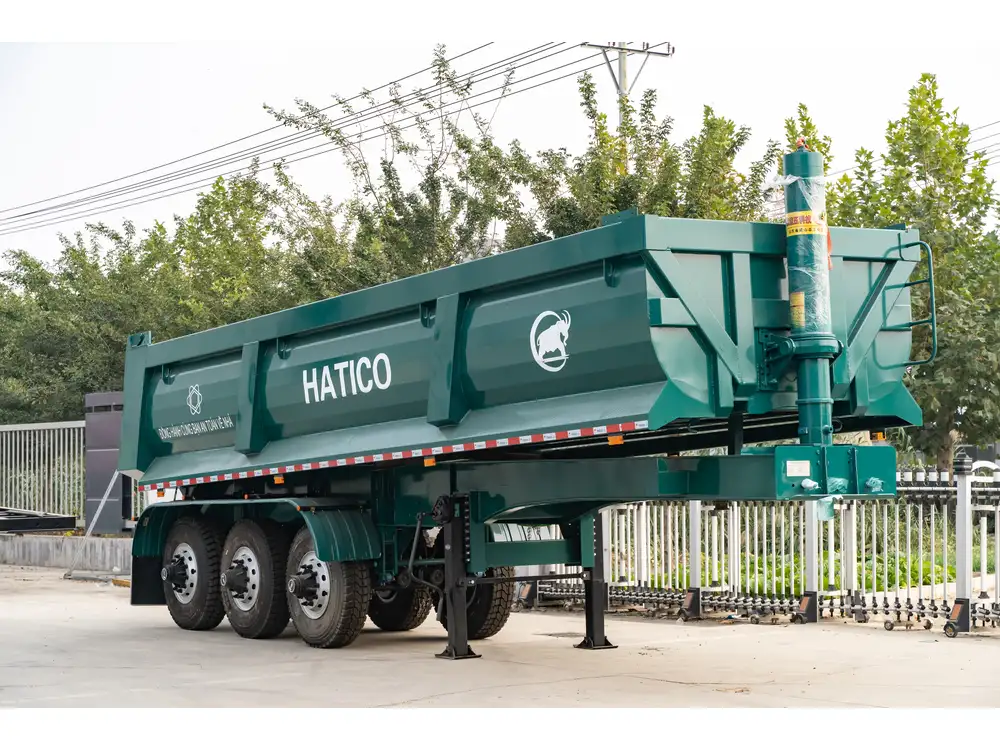
Common Problems and Solutions
Problem 1: Lighting Issues
- Possible Causes: Faulty wiring connection or blown fuses.
- Solution: Inspect the wiring harness for any signs of damage and replace any blown fuses in the tow vehicle.
Problem 2: Coupling Fails
- Possible Causes: Misalignment during hookup or latch not engaged properly.
- Solution: Always double-check the connection and ensure that the coupler is locked and secure.
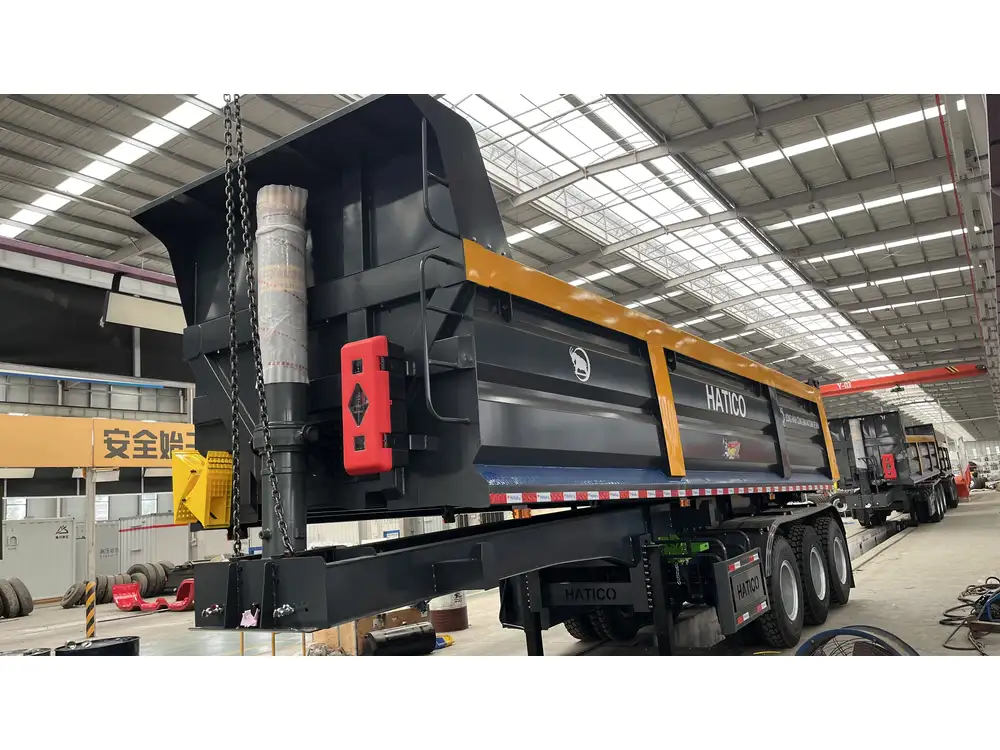
Problem 3: Weight Distribution Problems
- Possible Causes: Uneven load can cause swaying.
- Solution: Distribute the load evenly across the trailer. Consider using additional weight if necessary.
Best Practices for Dump Trailer Maintenance
Regular Inspections
- Monthly Checks: Inspect the brakes, tires, and wiring harness every month to ensure functionality.
- Visual Damage Assessment: Regularly check the trailer for any signs of wear or structural damage.
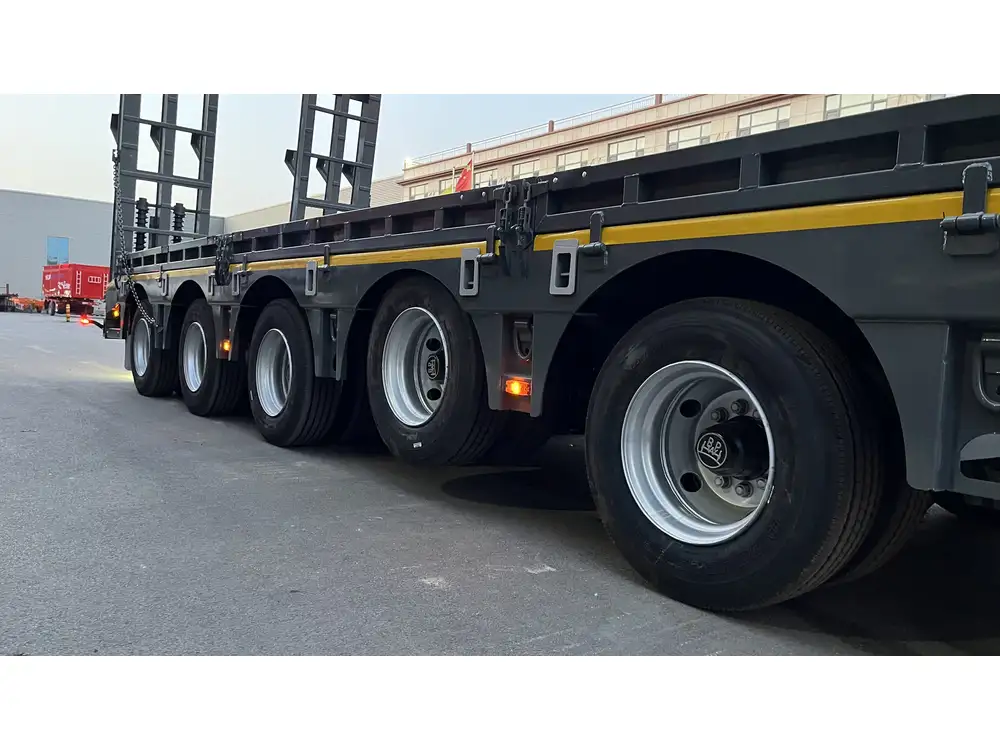
Cleaning and Preservation
- Debris Removal: After each use, clear any debris from the trailer bed to prevent rust accumulation.
- Protective Coating: Consider applying a protective layer to fend off corrosion and extend the trailer’s lifespan.
When to Seek Professional Help
If you find yourself experiencing persistent issues with your dump trailer or you’re unsure of any step in the setup process, consider reaching out to a professional trailer service. They can provide expert advice, maintenance, or servicing to keep your trailer in optimal condition.
Frequently Asked Questions (FAQs)
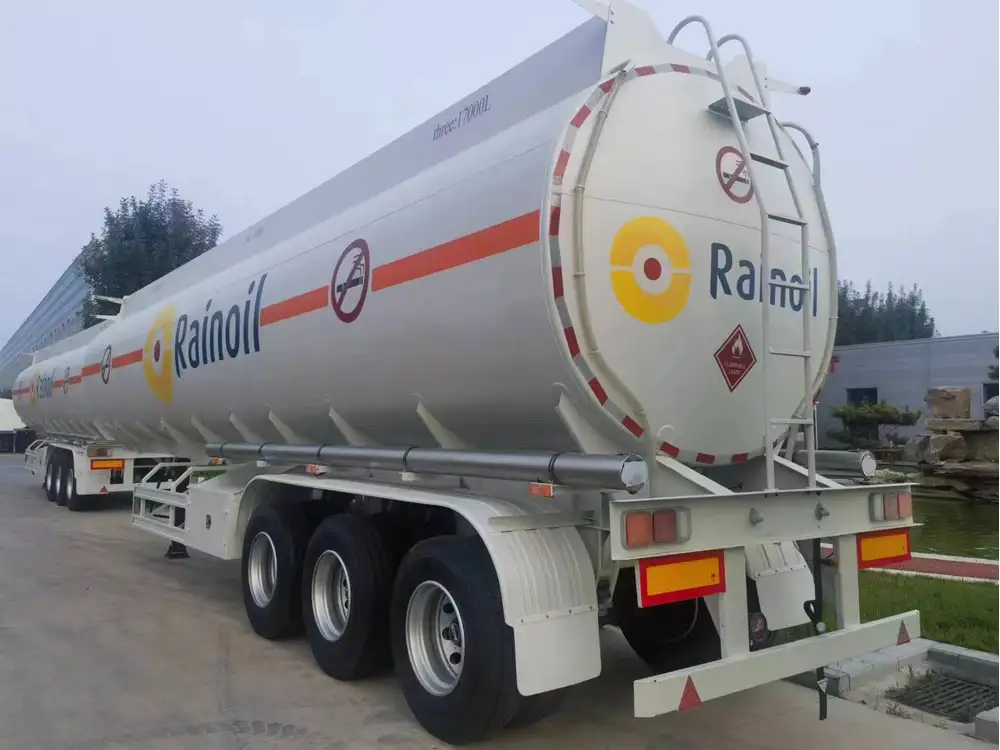
Q1: Can I tow a dump trailer with a small pickup truck?
A1: It depends on the weight of the dump trailer when loaded. Always verify your vehicle’s towing capacity against the trailer specifications.
Q2: What maintenance does a dump trailer require?
A2: Regular inspections, a thorough cleaning after use, and ensuring all mechanical components, such as brakes and lights, are functioning correctly.
Q3: How do I know if my dump trailer is properly hooked up?
A3: A properly hooked-up trailer will be securely fastened with the coupler locked in place and safety chains crossed and attached. Always inspect the lights to confirm they work correctly.
In conclusion, understanding how to hook up a dump trailer effectively relies on preparation, attention to detail, and adherence to safety practices. By following the instructions segmented throughout this guide, you can ensure a seamless connection for all your hauling needs. When done correctly, using a dump trailer can enhance your material transporting capabilities, making your projects more efficient and manageable.



